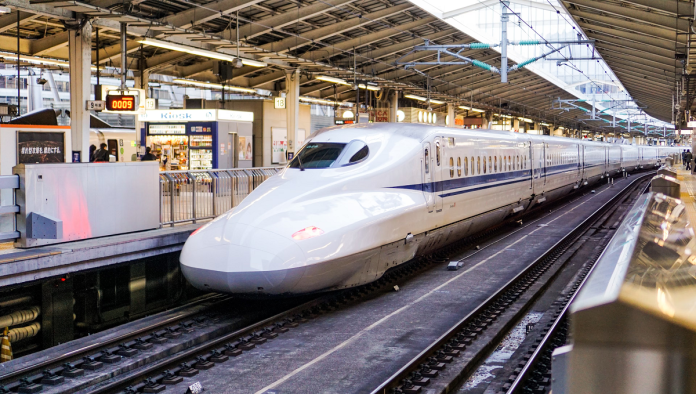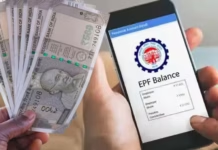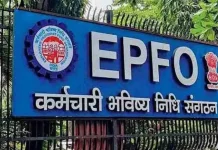New Delhi. The National High Speed Rail Corporation is building India’s first high-speed rail line of 508 km length between Mumbai and Ahmedabad, 352 km of which will pass through nine districts of Gujarat and three districts of Maharashtra.
The trial of the bullet train running on this route has started in Japan. This is being considered a big step towards starting India’s first bullet train service.
As part of the strategic partnership between Japan and India, Japan will gift two Shinkansen train sets to India. One bullet train is the E5 series and one is the E3 series. These trains will be delivered to India in early 2026. These trains are capable of running at a speed of 320 kilometers per hour. After reaching India, these trains will have to undergo several levels of tests in Indian geographical and climatic conditions.
E10 series Shinkansen to be made in India
These trial trains are equipped with state-of-the-art inspection systems that will record important information such as running conditions, temperature tolerance and dust resistance. This data will help in improving the operation system of bullet trains in future. According to the Japan Times report, this data will also be used in the manufacturing of next generation E10 series Shinkansen trains in India under ‘Make in India’.
Mumbai to Ahmedabad in two hours
The 508 km long MAHSR corridor is being developed by the National High Speed Rail Corporation Limited (NHSRCL). This corridor will reduce the travel time between Mumbai and Ahmedabad to just 2 hours and 7 minutes. There will be a total of 12 stations on this route, the major ones being Thane, Virar, Boisar, Vapi, Surat and Vadodara. Japan’s renowned rail safety and reliability standards are being adopted in this entire project.
Japan has given cheap loan
India and Japan signed an agreement for this high-speed rail project in 2016. Japan is bearing about 80% of the cost of this project through a cheap interest rate yen loan. This bullet train project is not only limited to fast travel, but it will also boost employment, technical skills, tourism and business in the country. It is expected that once this corridor becomes operational, it will start a new era of fast, safe and reliable public transport in India.













